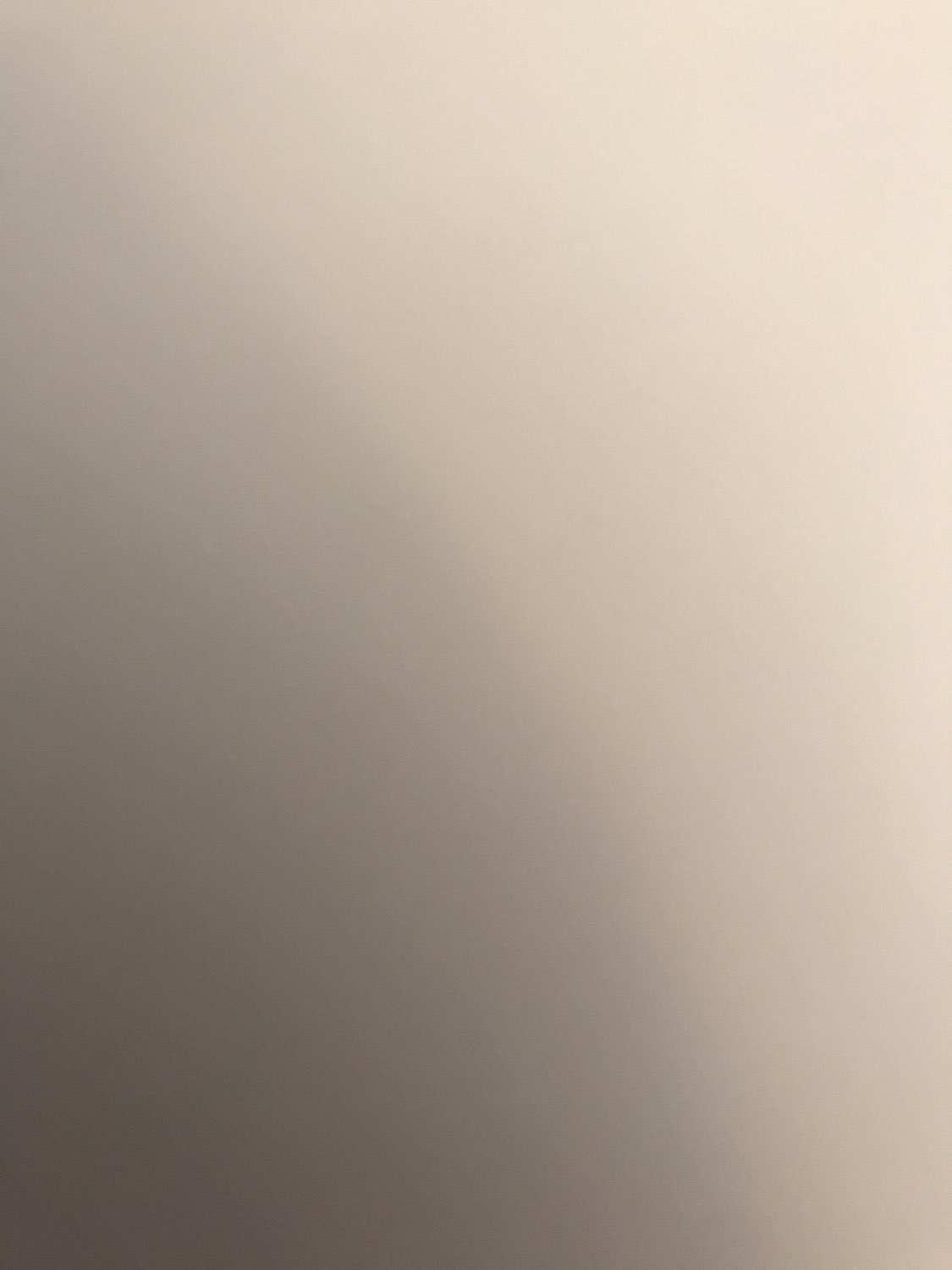September 2016 LSAT - Section 4 - Question 22
After a hepadnavirus inserts itself into a chromosome of an animal, fragments of the virus are passed on to all of th...

Replies

Ravi December 25, 2018
@GLEE,Happy to help!
The argument concludes that hepadnavirus is at least 25 million years old. This conclusion is based on the fact that zebra finches and dark-eyed juncos, which have signs of the virus in the same part of their chromosomes and also split from each other 25 million years ago.
The argument is suggesting that both bird species inherited the hepadnavirus from the same ancestor. If we want to strengthen this answer choice, we're going to need to find support for this assertion. After all, maybe the two species inherited the hepadnavirus from different ancestors, and maybe both ancestors had a predisposition to getting infected in a particular spot in their DNA. If this were true, then it's possible that neither of the birds inherited the hepadnavirus from their common ancestor. If we find an answer that blocks this alternative explanation for the location of the virus in their chromosomes while also supporting the fact that they inherited the virus from a common ancestor, then we will have strengthened the argument.
Answer A is a trap answer, and it's worded in a tricky way. I'm guessing you may have misinterpreted this answer to mean that viruses do affect the evolution of an organism and influence the likelihood of their diverging into two species. However, that's not what A is saying. A is just saying that it is possible for viruses to affect the evolution of an organism and influence the likelihood of their diverging into two species. It being possible tells us nothing. Also, even if we pretend that the viruses do affect the evolution, HOW do they influence the likelihood of the animal diverging into two species? Do they increase or decrease the likelihood? If they decrease the likelihood, then this answer could actually slightly weaken the argument, as it would weaken the odds that the birds inherited the virus from a common ancestor since it would be less likely that the common ancestor had the virus.
Answer C strengthens the argument, and it's exactly what we're looking for. If the virus inserts itself into a random spot in an animal's chromosome, then it greatly increases the likelihood that both birds inherited the virus from their common ancestor because the probability that the virus inserted itself in precisely the same location in two different species would be extremely low. In other words, the alternative explanation of the birds inheriting the virus from two different ancestors is very, very small if this answer choice is true. Therefore, C strengthens the argument.
Does this help? Let us know if you'd like more clarification or have more questions on this question!

GLEE December 31, 2018
Thank you for the explanation Ravi!
Ravi January 1, 2019
You're welcome, @GLEE!